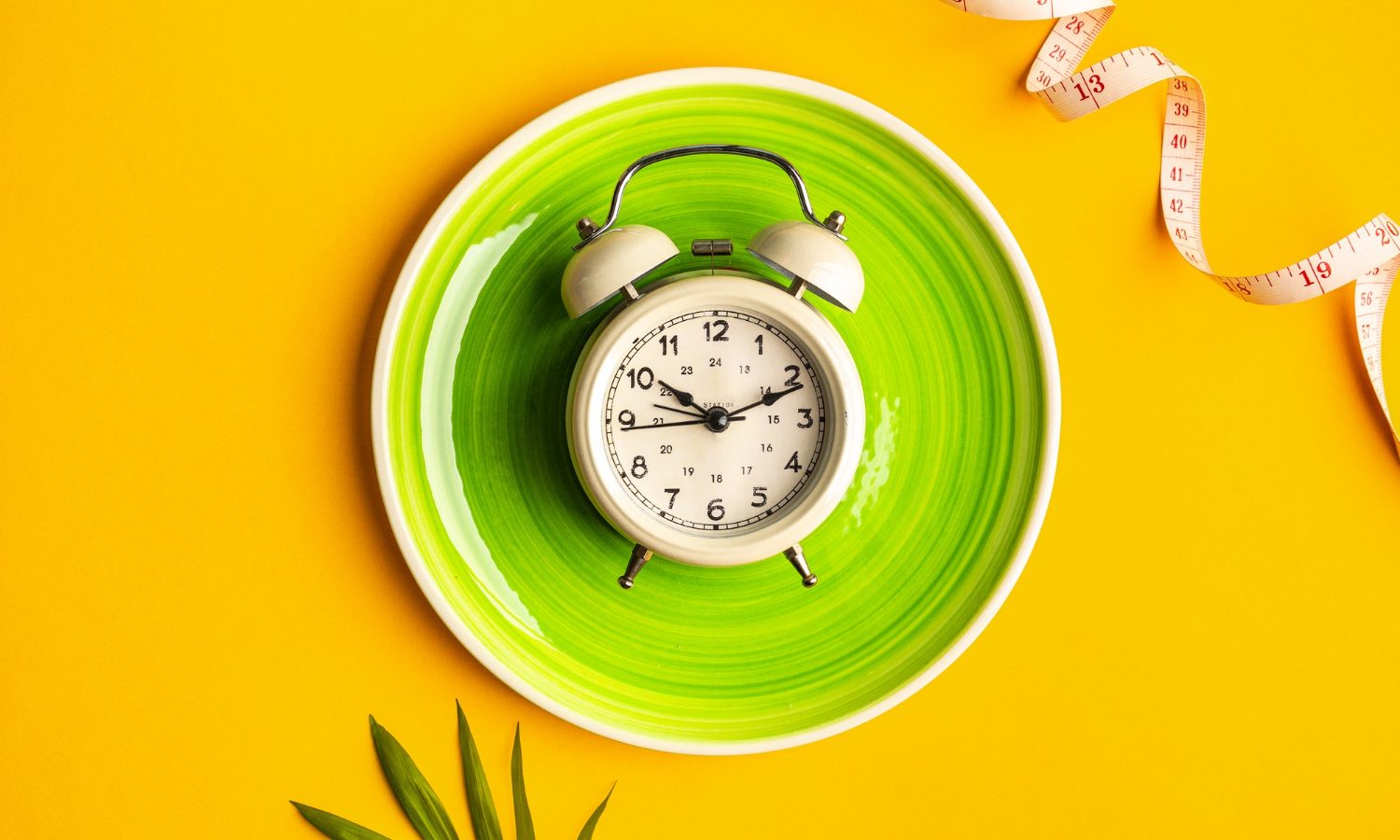Avid runners have tips and tricks to boost speed and endurance, train for a marathon, and enhance overall fitness. Lately, the trending term “fasted cardio” is everywhere in the fitness world. Food is fuel, energy, and information for your cells, but some athletes and fitness enthusiasts claim that running on empty without food is the way to go. What is fasted running, and what does the science show? Let’s explore.
What is fasted cardio?

The term “fasted” doesn’t have a specific meaning, and it varies for different people. Most people refer to an overnight fast of about 10-12 hours, but some studies maintain that the “fasted state” can be four or five hours without food. The “fasted state” typically means that your glycogen stores are low, so your body might shift to burning more fat compared to carbohydrates. Some people also restrict carbohydrate intake and stick to some type of ketogenic diet to help lower glycogen stores.
What is glycogen?

Glycogen is the way your body stores extra glucose or sugar to be used later for energy. Glycogen is mostly in your liver and muscles, and when your body needs more energy, it breaks down the glycogen to release the glucose sugar into your bloodstream.
What are the benefits of fasted cardio?

Running without fuel can force your body to burn fat instead of using carbohydrates as energy, much like the goal of the popular ketogenic diet, which is supported by a mountain of research. Over time, your body becomes more efficient at burning fat for energy. One small study revealed that when a small number of men exercised before breakfast, their fat oxidation increased over 24 hours. Another study supports these results. Fat oxidation refers to the process by which your body breaks down stored or dietary fat to be used for energy.
For those with stomach issues or delicate stomachs, fasted cardio might be preferable and more comfortable compared to training after eating. Running fasted is also convenient and time-efficient because you can just lace up your shoes and head out the door, without worrying about fueling your body with a balanced breakfast.
Concluding thoughts

You might need to experiment to figure out what’s optimal for you. Fasted cardio works best for certain types of cardio and only for some people. When you’re aiming for shorter bursts of high-intensity exercise like high-intensity interval training, if your glycogen stores are depleted, you might notice you’re not able to perform as well. Others notice they just don’t feel good trying to exercise in a fasted state, which could compromise performance, so they fuel accordingly.
Fasted running and fasting in general, especially for longer durations, isn’t suitable for everyone, particularly for those with chronic health conditions and blood sugar issues. It’s best to consult your healthcare provider if you’re unsure if fasting or “fasted cardio” is right for you.




